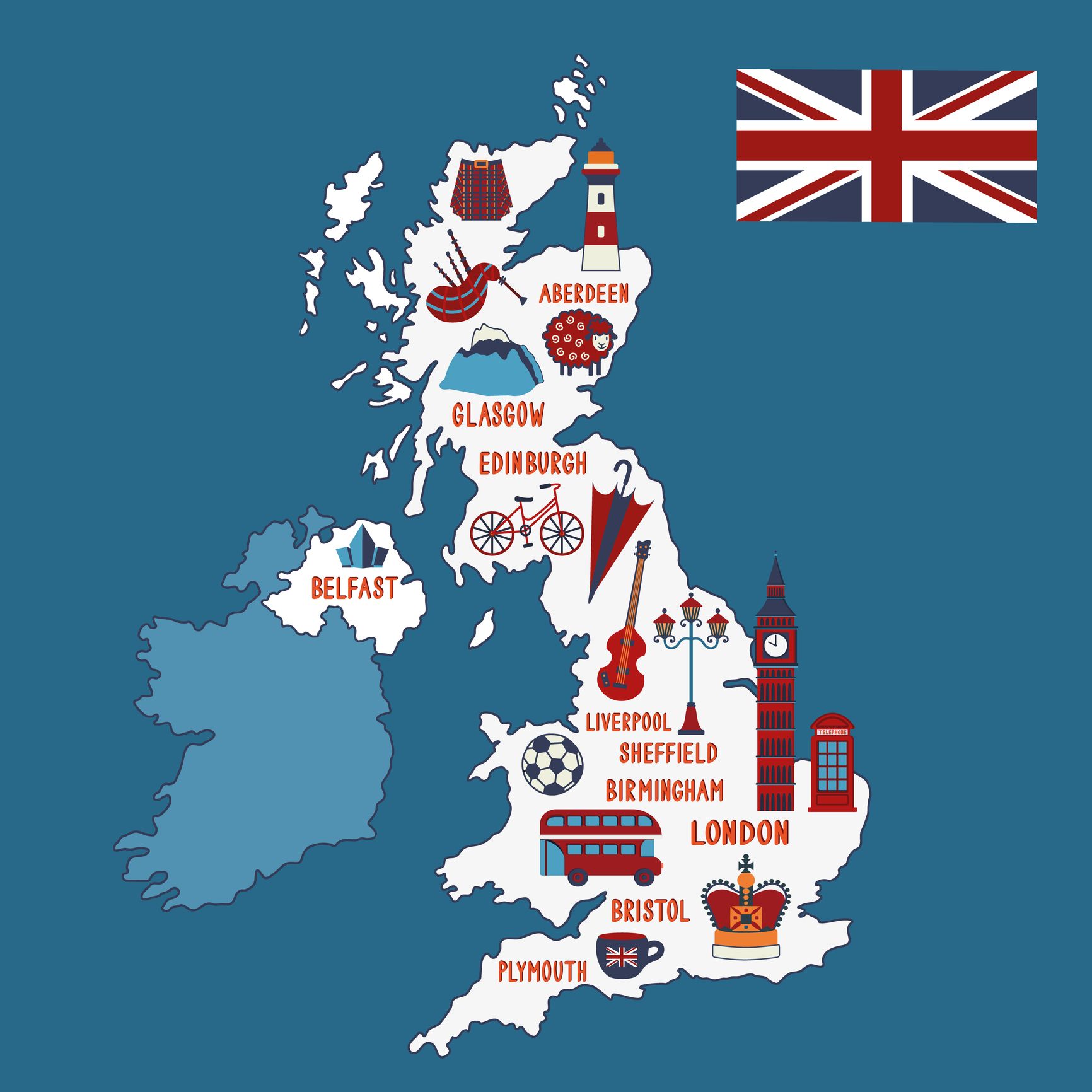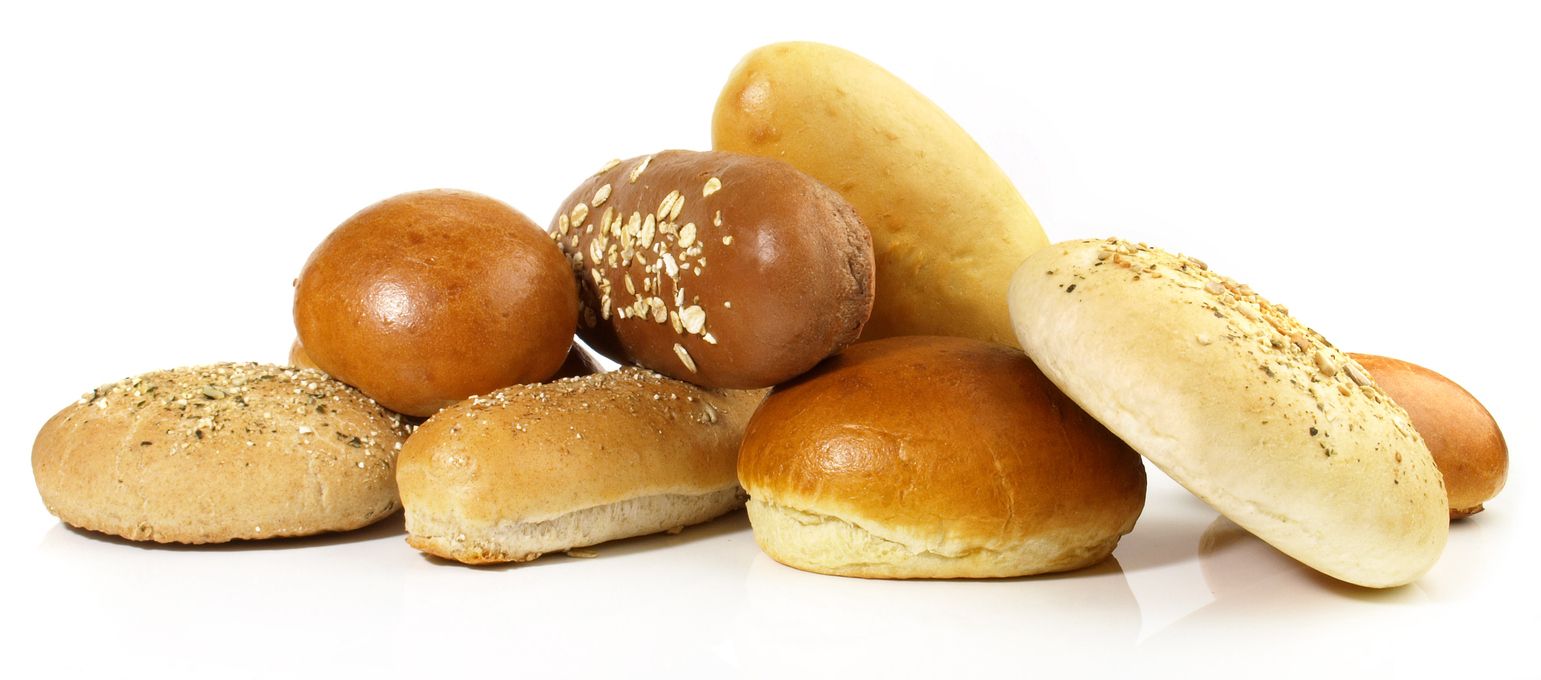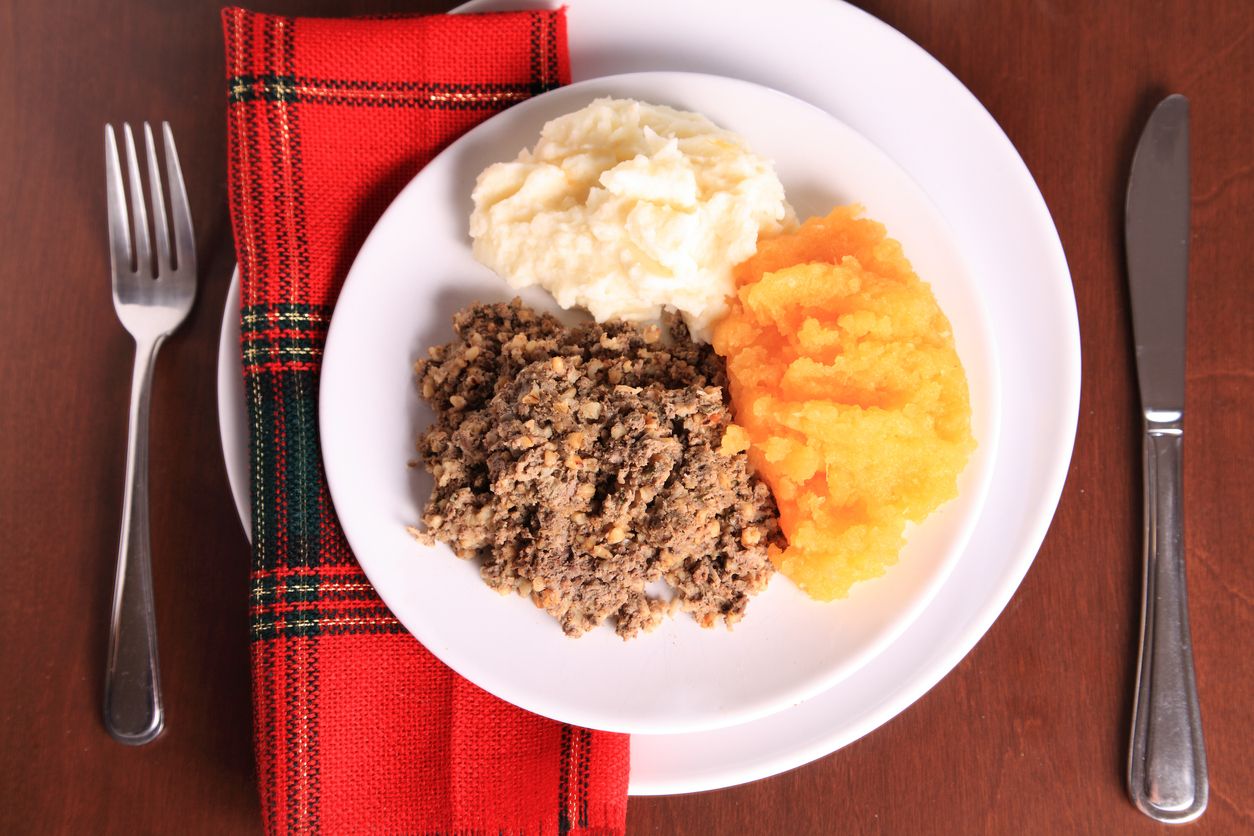How different is being a dietitian in England, Wales and Scotland?

Clara has a wide range of specialities in acute and community settings across South West Yorkshire but prefers community and PCN dietetics. She has worked remotely across the UK, from London and Oxford to Wrexham. Clara is keen to improve health on a population level using technology.
Clara Carr, BSc, MPhil, PGDip
Specialist Community / Diabetes Prevention Project Dietitian
Clara's dietetic career path has taken her to a variety of cities throughout the UK. Here she ponders some of the stand-out differences she has encountered along the way.

In 2000, I could have studied in any of the four home nations, but I chose to do a postgraduate course in Leeds. I could have chosen clinical placements in either England, Wales or Scotland and the dietetics training was similar and recognised across the UK.
Current students tend to do placements local to their university. I went to Kent, Ipswich, Swansea and Cardiff, which provided a great diversity of placements.
I have spent most of my career in Yorkshire and have found that there are big differences across the county and indeed across the whole of England, in terms of ethnic and socio-economic groups.
In some regions of West and South Yorkshire, there are large South Asian populations, so it was standard for dietitians to attend a South Asian study day run in Leicester to experience this culture by visiting a temple, supermarket and restaurant. We learnt the terms for different foods in their diet.
Rolls, baps or cobbs?

In large cities like London and Leeds, where I have lived, it is very multicultural, so you learn all sorts of different international cuisines. There are also different terms for the same foods. For example, bread rolls are called buns, or cobbs further north and morning rolls in Scotland and baps in Ireland. A slice of bread is called a round of bread.
In cities you can get international food and ingredients, but in smaller towns, there are no East Asian shops to buy oriental ingredients, which I like to cook with.
Some of the differences between the home nations
Last year, I worked for a dietetic department in North Wales and started to learn about the differences between the nations. There are several catering dietitians in English Trusts, but these roles are not established in Wales. Hospital Catering guidelines in England, updated in 2022 (1) are yet to be updated by an All-Wales group, last reviewed in 2011 (2)
I worked as a Primary Care Network Dietitian when the First Contact Dietitian roles were new in England, but these roles have not yet been started in Wales and Scotland.
Prescriptions
Prescriptions for dietetic products work differently in England with slight regional variations. Mostly working-age adults have to pay for their gluten-free prescriptions (if they are available) apart from a few areas like Rotherham, where all dietetic products are managed by dietitians.
I moved to Scotland six months ago and found that all prescriptions are free (as in Wales) including gluten-free prescriptions, which are managed electronically. (3)
Organisations and charities
Tax and NHS pay vary according to each home nation and organisations don't always have representation in all of the nations. The BDA has separate boards for each of the home nations. The UK charities that I recommend to patients, such as Diabetes UK and Coeliac UK, have Scottish and Welsh branches, but some websites and NHS programmes are only available in England, for example the national diabetes prevention programme (4) and the national weight management programme (5). Could they easily be applied and adapted for Wales and Scotland?
Thoughts on food
Cooked breakfast is different in Scotland to England, as I found when I ordered a Scottish breakfast at a supermarket café – I got some extras - a Lorne sausage (square and made of beef) and a scotch pancake. More foods in the supermarket are Scottish grown, which is great for the environment.
Most other traditional British foods, such as the roast dinner and fish and chips, remain much the same as do the ubiquitous Chinese, Indian, and pizza takeaways.

Where people live correlates to the quality of their diet and the paper on Geography of diet in the UK Women’s Cohort study (6) shows this clearly and covers Scotland, Wales and different regions in England.
There are interesting statistics in the Broken plate report. (7) For example, there are more fast-food outlets further north as a proportion of all food outlets, where people are poorer and this correlates to unhealthier diets.
I think that the nations need to share good practices and work together more. The NDR Nutrition and Diet Resources (8) are a good example of this. They started in Scotland, but are now widely used across the UK. Here’s to more future collaborations!
References
- National Standards for Healthcare Food and Drink November 2022: https://www.england.nhs.uk/long-read/national-standards-for-healthcare-food-and-drink/#the-standards
- All Wales Nutrition and Catering Standards for Food and Fluid Provision for Hospital Inpatients October 2011: https://phw.nhs.wales/services-and-teams/harp/urinary-tract-infection-uti-resources-and-tools/uti-downloads/all-wales-catering-and-nutritional-standards-wales/
- Gluten Free Food Service; https://www.cps.scot/national-1/gluten-free-food-service
- https://www.england.nhs.uk/diabetes/diabetes-prevention/
- https://www.england.nhs.uk/digital-weight-management/
- Geography of Diet in the UK Women’s Cohort Study: A Cross-Sectional Analysis Morris, A et al http://leedsbasic.wpengine.com/ukwcs/wp-content/uploads/sites/125/2017/02/Geography_of_Diet_in_the_UK_Womens_Cohort_Study_A_Cross_Sectional_Analysis.pdf
- The Broken Plate 2023, Food Foundation https://foodfoundation.org.uk/publication/broken-plate-2023
- https://www.ndr-uk.org/
